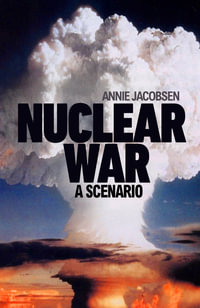Challenges the conventional narrative of triumph and scientific glory surrounding the atomic bomb, shedding light on marginalised voices and perspectives.
Did you know that the uranium used to bomb the citizens of Hiroshima was mined at a forbidden site known as 'the money place' by First Nation people in northern Canada? Or that the grades you receive in college A, B, C, D reflected housing standards in the Atomic City of Oak Ridge, with A for having an intellect of a professor and D for that of people of colour? And how about the bikini swimwear? Did you know that the gaze on a woman's belly button was that of military men carrying out atomic bombardments of the Bikini Atoll while fetishising 'sex bombs' and (an)atomic 'bombshells'? And how about the poor Pacific Islanders who got their atolls blown to pieces? Have you heard about the colonial history of violence and oppression of those whose only aspiration was to live in peace with their coconut islands? And everyone is talking about climate change these days. Did you know that the debate emerged as a reaction to the fear of ordinary citizens wondering if atomic bombs would blow up the entire sky?
If some of this was news to you, it might have to do with how the story of atomic bombs has been told. The truism that history is written by its winners is very much the case in the literature about how the bomb came about, with numerous apologetic books most often written by U.S. scholars. These are usually cast as stories of the tormented souls of scientists who made a 'Faustian bargain' with the military in pursuit of atomic knowledge. The physicist Robert Oppenheimer, the nuke's 'father', is repeatedly centre stage, as in the case of the recent film about him. These are elitist stories that more often than not ignore the suffering and violence of the bomb to laypeople in general, and to marginalised groups in particular. This book offers alternative perspectives.
























